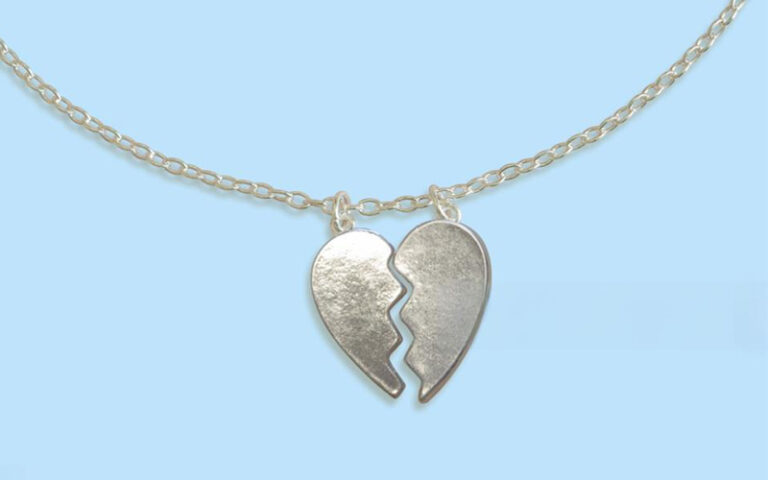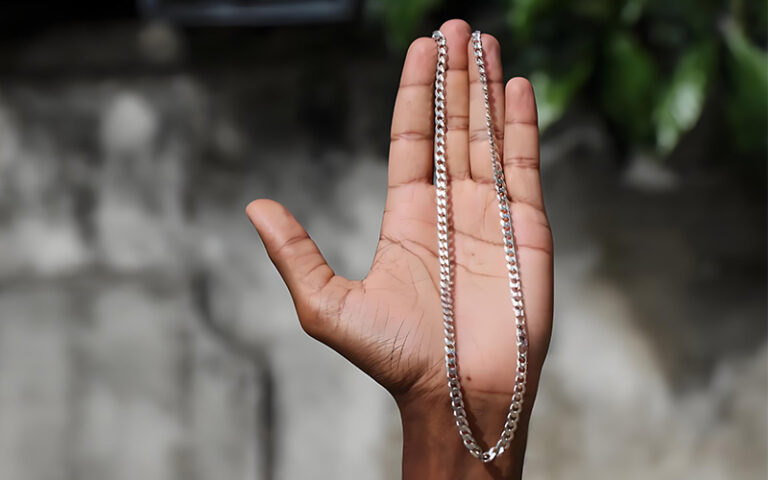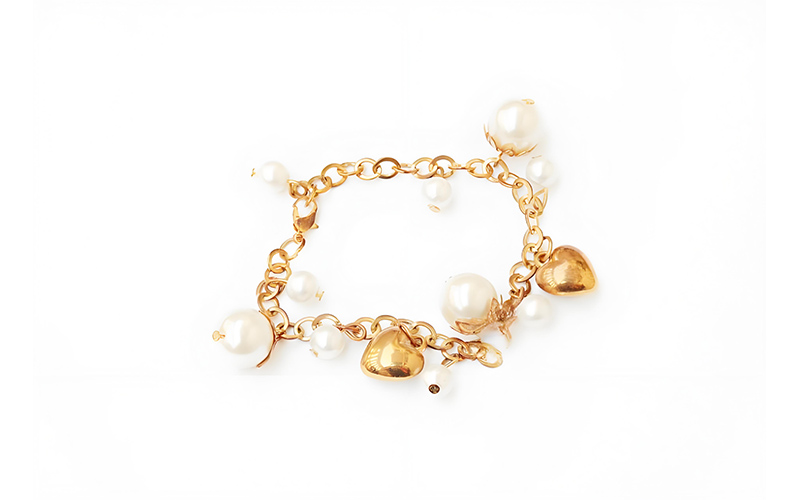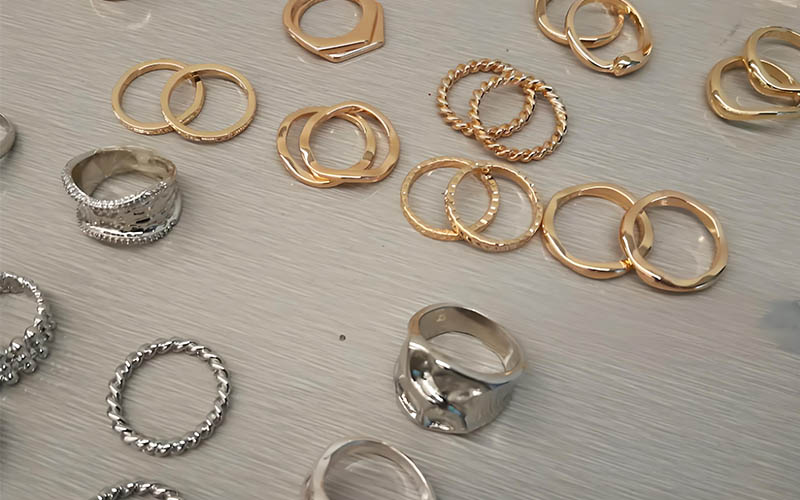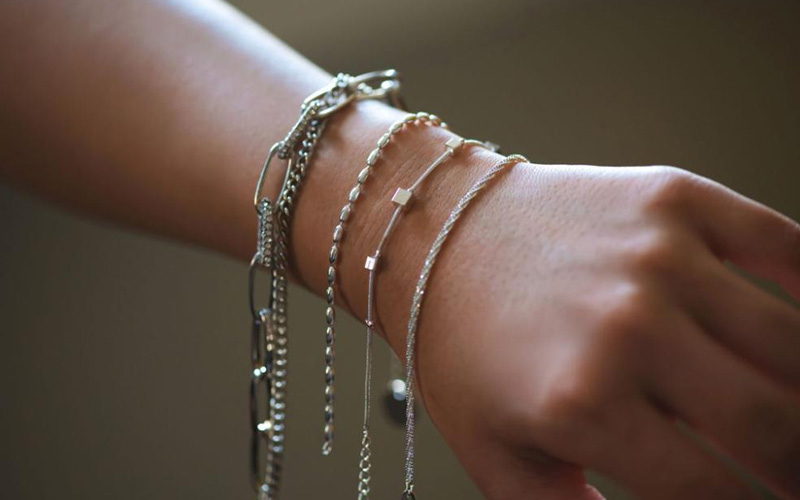
Is 316L Stainless Steel Truly Hypoallergenic? My Experience!
Hi, I’m here to talk about stainless steel. Many people ask me, “Is stainless steel hypoallergenic?” It’s a big question. This is true if you have skin that gets red or itchy with some metals. You might worry about nickel. You might have had a bad allergic reaction before. In this post, I will tell you what I know. I have worked with stainless steel for many years. I know a lot about 316L stainless steel. You will learn if stainless steel is hypoallergenic. You will also learn how to pick the best stainless steel for you. If you want hypoallergenic products that feel good, keep reading! We can help you find stainless steel that is kind to your skin. This article will help you know if stainless steel is safe.
Table of Contents
1. What Does “Hypoallergenic” Really Mean for My Skin?
You see the word “hypoallergenic” on many things. What does hypoallergenic mean? It means something is less likely to cause an allergic reaction. The term hypoallergenic refers to materials made to minimize the risk of allergic responses. So, if a product says hypoallergenic, it should be gentle. It should not make your skin mad.
But, “less likely” is not “never.” It is important to know this. Even hypoallergenic materials can cause reactions in some people. No one can promise it will be safe for all. The goal of hypoallergenic products is to lower the chance of an allergy problem. When we talk about hypoallergenic stainless steel, we mean stainless steel that is much less likely to cause allergic reactions.
I often see folks confused by this. They think hypoallergenic means zero risk. The truth is, hypoallergenic refers to materials designed to reduce allergic responses. For people with very sensitive skin, it’s key to understand this. It helps them pick products, like stainless steel jewelry, more wisely. They should still look for hypoallergenic labels and consider coated options if they are very sensitive.
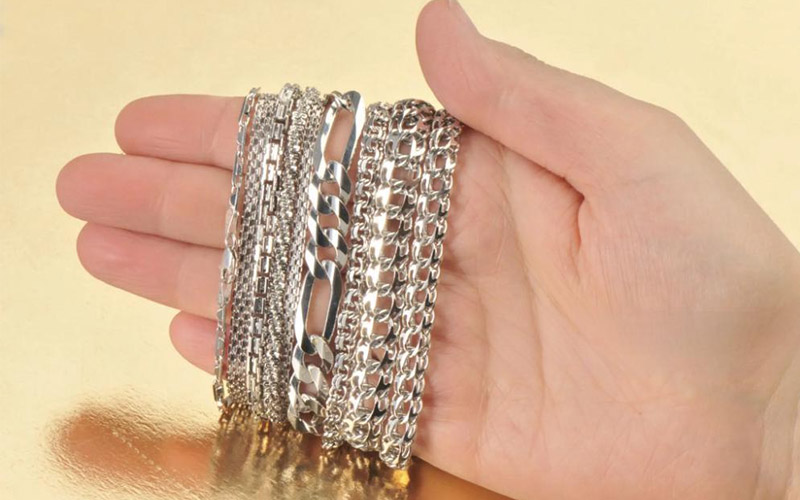
2. Is All Stainless Steel Hypoallergenic, Or Just Some Types?
This is a great question I get all the time. Is all stainless steel hypoallergenic? The short answer is no. Not all stainless steel is the same. There are many types of stainless steel. Some types of stainless steel are better for sensitive skin than others. So, whether stainless steel is hypoallergenic depends on the type of stainless steel used.
Some stainless steel has more nickel. Nickel is a common cause of allergic reactions. If stainless steel contains a lot of nickel, it might not be very hypoallergenic. This can be a real problem (Problem). You buy something thinking it’s safe, but then your skin reacts (Agitate). This is why knowing the stainless steel grade is so important.
That’s why, at our company, we are very careful about the grades of stainless steel we use and recommend (Solution). We focus on stainless steel with lower nickel content to provide better hypoallergenic properties. So, when you ask if stainless steel is hypoallergenic, the answer is: “It depends on the specific type of stainless steel.” We help you choose the right one.
3. What is Stainless Steel Made Of? Understanding its Composition.
To know if stainless steel is good for you, let’s see what’s in it. Stainless steel is an alloy. An alloy is a mix of metals. The composition of stainless steel is mostly iron. It also has chromium. Chromium is what helps stainless steel not rust. This is one of the great properties of stainless steel.
But stainless steel can have other things too. One of these is nickel. The amount of nickel can change a lot. It depends on the type of stainless steel. Some stainless steel grades have more nickel, some have less. This nickel content is very important for people with allergies.
Understanding the composition of stainless steel helps us see why some stainless steel items cause allergic reactions and others don’t. For example, austenitic stainless steels often contain nickel to improve their formability and corrosion resistance. The alloy primarily composed of iron and chromium can be made more hypoallergenic by controlling the nickel content.
4. Why is Nickel a Concern in Stainless Steel Jewelry and Other Items?
So, we talked about nickel. Why is nickel a big deal? Nickel is a metal. Many people have a nickel allergy. If their skin touches nickel, they can get an allergic reaction. This can be an itchy rash. It can be red skin. It is not fun at all. This is a common problem for people who love stainless steel jewelry but have sensitive skin (Problem).
This allergy to nickel can make wearing jewelry very hard (Agitate). You might have a favorite necklace or earrings. But if they contain nickel, you can’t wear them. This is why the nickel content in stainless steel matters so much. Even a small amount of nickel can cause an allergic reaction for some.
When we make or help you choose stainless steel products, especially stainless steel jewelry or items that touch your skin, we think about nickel (Solution). We aim for stainless steel that is less likely to cause allergic issues. We want you to enjoy your items without worry. The concern about nickel is why hypoallergenic stainless steel options are so vital.
5. How Much Nickel is in Different Types of Stainless Steel?
The amount of nickel in stainless steel varies a lot. There are different grades of stainless steel. Each stainless steel grade has a set recipe. Some common types of stainless steel are in the 300 series and 400 series. For example, 304 stainless steel is very common. 304 stainless steel contains around 8-10.5% nickel. This might be too much for some people with nickel allergies.
Other steel grades, like some in the 400 series, have very little or no nickel. These are often a good choice if nickel is a big worry. But they might not be as strong or shiny as other types. The nickel content directly affects the hypoallergenic nature of the stainless steel.
When you are selecting stainless steel, especially for something that will touch skin, the nickel content is a key thing to check. This is where we can help. We know about the different grades of stainless steel and their nickel content. We can guide you to stainless steel with lower nickel content or even nickel-free options if needed, to reduce the risk of allergic reactions.
6. What Makes Surgical Stainless Steel (like 316L) a Good Hypoallergenic Choice?
Now, let’s talk about a star: surgical stainless steel. You might have heard of it. 316L stainless steel is a type of surgical stainless steel. What makes 316L special? It’s known for being very good for people with sensitive skin. It is often called hypoallergenic stainless steel. 316L is a preferred choice for hypoallergenic applications.
316L stainless steel still has some nickel. But it has two cool things. First, the nickel content is often lower than in some other common stainless steel types, like standard 304 stainless steel. Second, and very important, 316L stainless steel holds onto its nickel very well. This means less nickel release to the skin. Less nickel release means less chance of an allergic reaction. 316L is a low-carbon variant of 316 stainless steel, which helps with its properties.
This is why 316L stainless steel, also known as surgical stainless steel, is used for medical tools and implants. And it’s great for stainless steel jewelry too! If you’ve struggled with nickel allergies (Problem/Agitate), choosing 316L can be a game-changer (Solution). We often recommend 316L because its hypoallergenic properties are trusted. Many find 316L stainless steel to be hypoallergenic and suitable for sensitive skin.
7. What are the Key Hypoallergenic Properties of Stainless Steel?
What makes some stainless steel hypoallergenic? There are a few key hypoallergenic properties of stainless steel to look for. First, as we talked about, is low nickel content. The less nickel there is, the lower the risk of allergic reactions. This is a big one for hypoallergenic stainless steel.
Second is how well the stainless steel holds onto its nickel. Good quality stainless steel, like 316L stainless steel, has a stable structure. This structure helps prevent nickel release. If the nickel stays in the metal and does not get on your skin, it is less likely to cause allergic reactions. This stability is a crucial part of its hypoallergenic nature.
Third, good stainless steel is very resistant to rust and tarnish. This means it stays clean. A clean surface is less likely to trap things that could bother your skin. These properties of stainless steel work together to make certain grades like 316L a good hypoallergenic material. The hypoallergenic properties of stainless steel make it a popular choice.
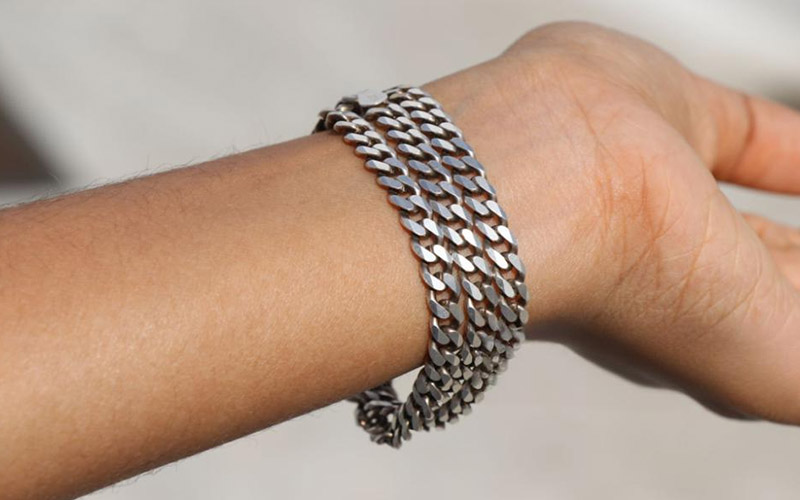
8. So, Is Stainless Steel Safe for People with Nickel Allergies?
This is the big question: Is stainless steel safe for people with nickel allergies? The answer is: often, yes, but you need to choose carefully. If you have a nickel allergy, you might have had bad allergic reactions from metal before (Problem). It can make you scared to try new things (Agitate).
The good news is that many people with nickel allergies can wear stainless steel, especially certain types. 316L stainless steel (or surgical-grade stainless steel) is often a safe bet. It has lower nickel content and low nickel release. This means it is less likely to cause allergic problems. Many people find that 316 stainless steel does not cause an allergic reaction.
However, everyone is different. If your allergy is very severe, even 316L stainless steel might cause a reaction for a very small number of people. It’s rare, but possible. So, if you have very strong nickel allergies, it’s good to test a new stainless steel item on a small skin area first. But for most, hypoallergenic stainless steel like 316L is a great, safe choice (Solution). We aim to provide stainless steel that truly is hypoallergenic and suitable for sensitive skin.
9. How Can I Choose the Best Hypoallergenic Stainless Steel Products?
Choosing the right stainless steel can feel hard. You want something safe and good. Here are some tips for choosing stainless steel, especially if you need hypoallergenic stainless steel. First, look for hypoallergenic labels or nickel-free labels. This is a good start.
Ask about the type of stainless steel used. If you can, choose 316L stainless steel. This is often called surgical stainless steel. It is well known for its hypoallergenic properties. Be careful with cheap stainless steel that does not say what grade it is. It might have higher nickel content or poor quality that leads to more nickel release. This is crucial when selecting stainless steel.
You can also ask the seller or maker about the stainless steel. We believe in being open about the materials we use. When selecting stainless steel products, knowing the grade helps you make an informed choice. If you’re looking for stainless steel earrings or other items that touch your skin a lot, being picky is smart. Find tips for choosing hypoallergenic options with us.
10. How Can We Help You Get Truly Hypoallergenic Stainless Steel?
You might feel lost trying to find good stainless steel. It’s hard when you worry about an allergic reaction (Problem). You want jewelry or parts that won’t cause itchy skin or rashes. It’s frustrating to spend money on something you can’t use because of nickel (Agitate). This is where we come in to help.
We are experts in stainless steel. We know which types are best for sensitive skin. We focus on high-quality 316L stainless steel because it is a fantastic hypoallergenic material. Our manufacturing process ensures that the stainless steel we provide meets high standards. This means you get a product with very low risk of allergic reactions. We help you find hypoallergenic options that work.
Whether you need stainless steel jewelry, medical components, or any product that requires hypoallergenic properties, we can guide you. We understand the importance of lower nickel content and stable alloy structures that minimize nickel release. Trust us to help you select the right stainless steel grade so you can enjoy the benefits of stainless steel without the worry of an allergy. Choosing us means selecting hypoallergenic solutions with confidence (Solution). We make sure your steel is hypoallergenic and suitable for your needs.

